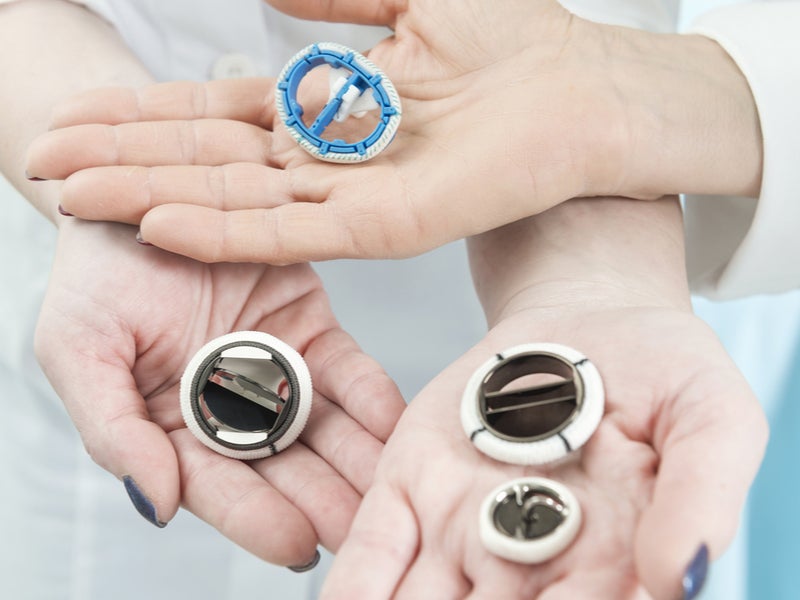
A new type of heart valve could remove the need for children with congenital heart disease to undergo multiple open-heart surgeries by growing alongside them.
Researchers at Boston Children’s Hospital used benchtop studies, computer simulations and extensive testing in large animal models to develop the valve. They found that the new prosthetic design works across a wide range of sizes and retains its functionality when expanded via a minimally invasive balloon catheter procedure.
The results of the project have been published in Science Translational Medicine.
Current prosthetic heart valves are fixed in diameter so need to be replaced every few years as a child grows. If a child has their first surgery before the age of two, they may need as many as five open-heart surgeries before adulthood.
Typical heart valves have three leaflets, which are tiny flaps that provide a one-way inlet or outlet to keep blood flowing in the right direction. The new design is inspired by human venous valves in the leg, which have just two leaflets and a geometry optimised to maintain closure and one-way flow even when the veins expand in diameter to accommodate larger volumes of blood passing through.
Brigham and Women’s Hospital surgical resident Dr Sophie Hofferberth, who led the research, said: “The vein dimensions can change dramatically depending on body position, yet the valves must remain functional. We mimicked the geometric profile of the human venous valve to design a bileaflet valve of programmed dimensions that is adaptable to growth without loss of one-way flow control.”

US Tariffs are shifting - will you react or anticipate?
Don’t let policy changes catch you off guard. Stay proactive with real-time data and expert analysis.
By GlobalDataIn multiple test rounds, prototype valves with the biomimetic two-leaflet design were able to expand to accommodate growth and structural asymmetries within the heart. The valves remained fully functional across a wide range of dimensions and at a range of pressures and flow rates.
The valve is designed to expand without requiring the frame or leaflet to stretch or enlarge, meaning it is compatible with a range of off-the shelf materials. The study demonstrated that the prototype was capable of expansion using a balloon catheter at multiple time points in a growing animal model.
The researchers also observed that their design encourages a favourable blood flow profile through the valve, which has the potential to reduce the risk of blood clot formation. In a sheep model, there was no evidence of blood clot formation over ten weeks of observation, even without the use of blood-thinning medication.
Hofferberth said: “A shortcoming of many existing devices is the presence of flow disruptions that lead to blood clot formation and early valve deterioration. Our design achieves a favourable flow profile that seems to facilitate effective valve washout and minimize flow stagnation, which is likely to be an important determinant of long-term device durability.”
The research team now hopes to initiate a clinical study into the device within the next two years.
“If our preclinical results hold up in human testing, this could transform the field,” said Boston Children’s Hospital chairman of cardiovascular surgery and senior author on the study Dr Pedro del Nido.



